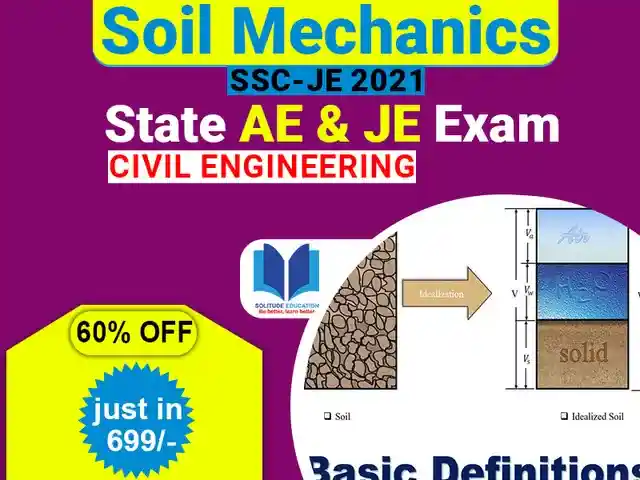Top Emerging Technologies in Mechanical Engineering
With the advent of AI and machine learning, personalized learning is becoming more accessible tha...

Loading...
Empowering learners and educators with a comprehensive platform that bridges the gap between traditional and modern education. iStudy inspires excellence in education and fosters growth for a brighter future.




Explore a wide range of courses where learning is fun, easy, and absolutely free!










